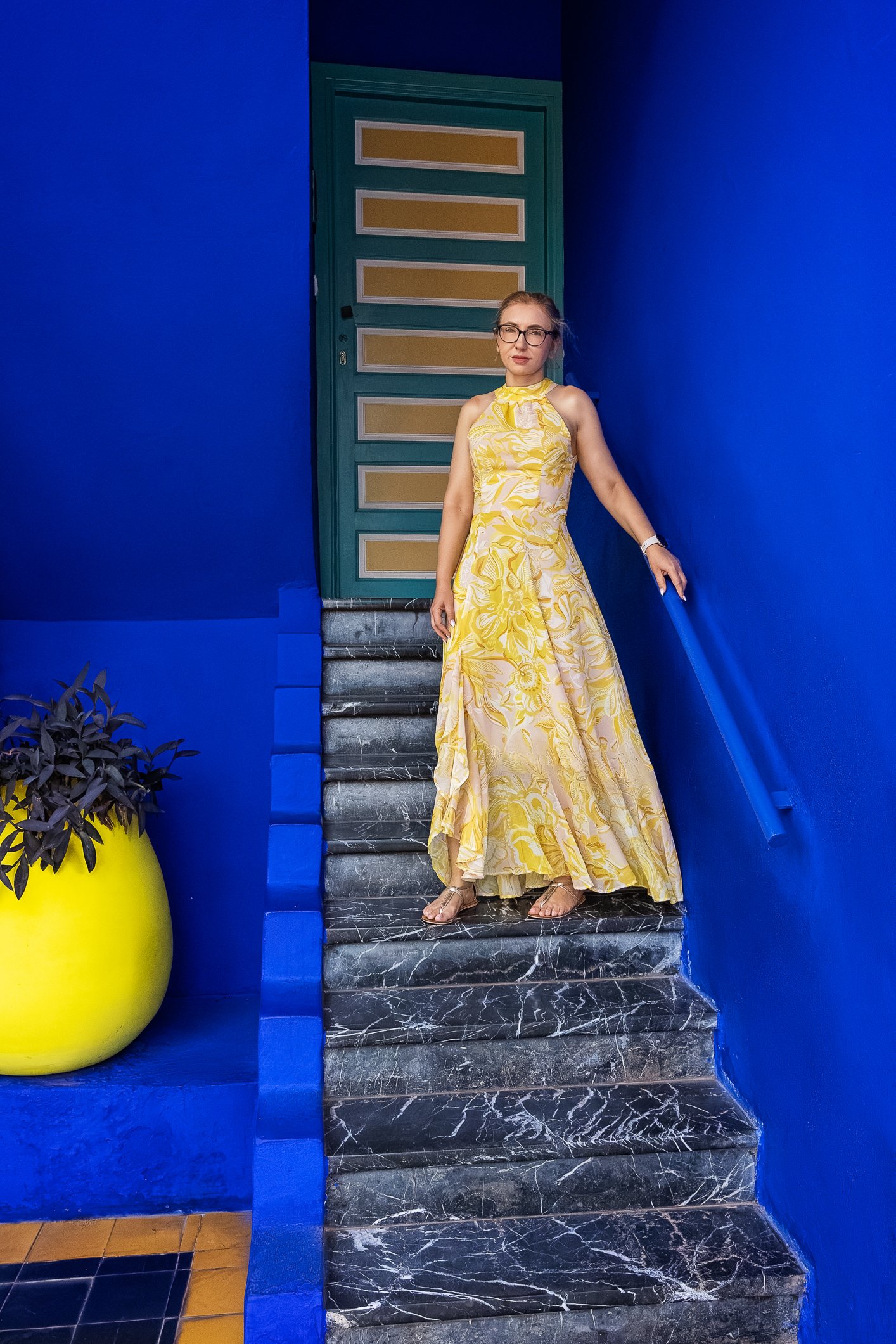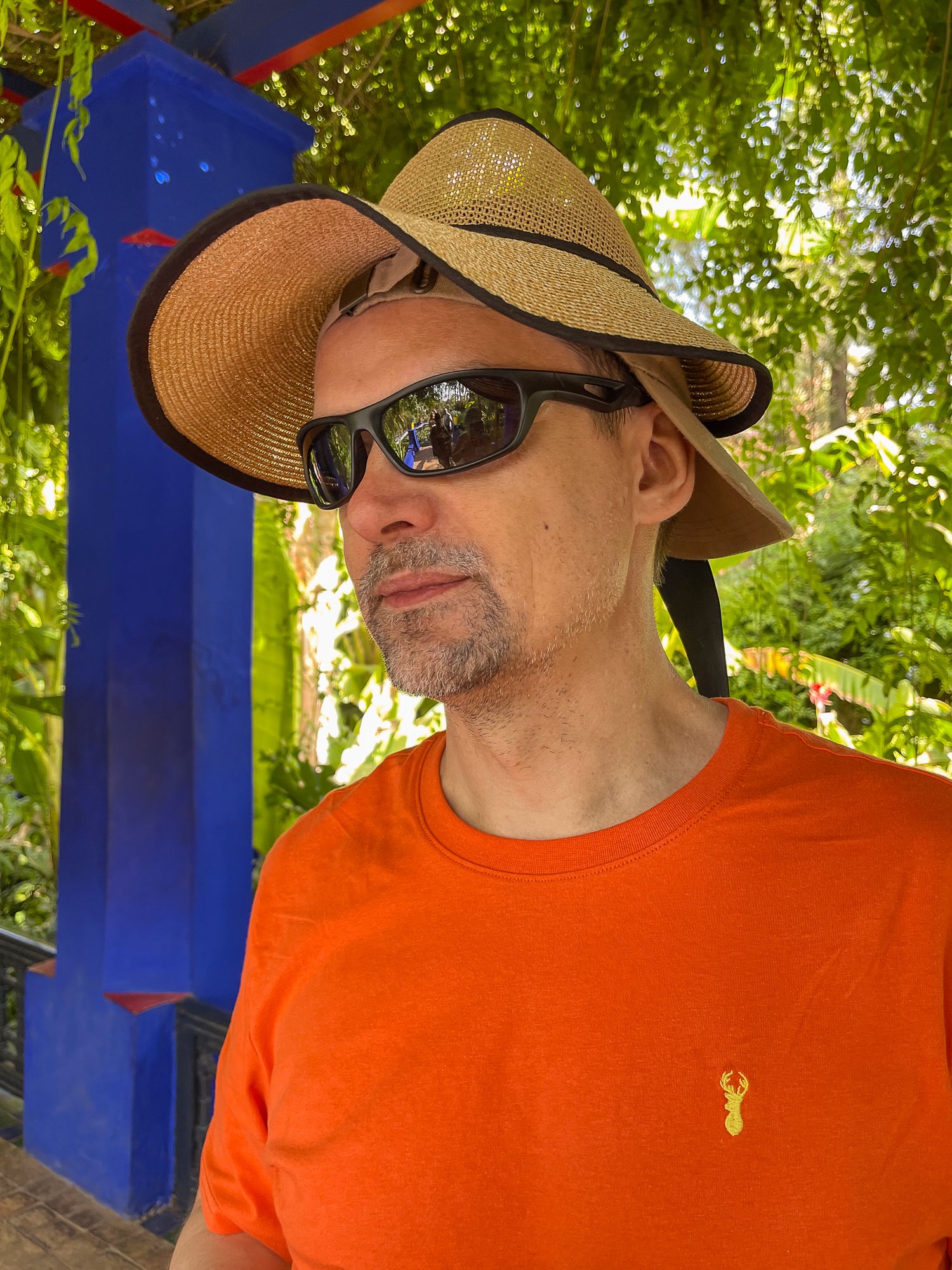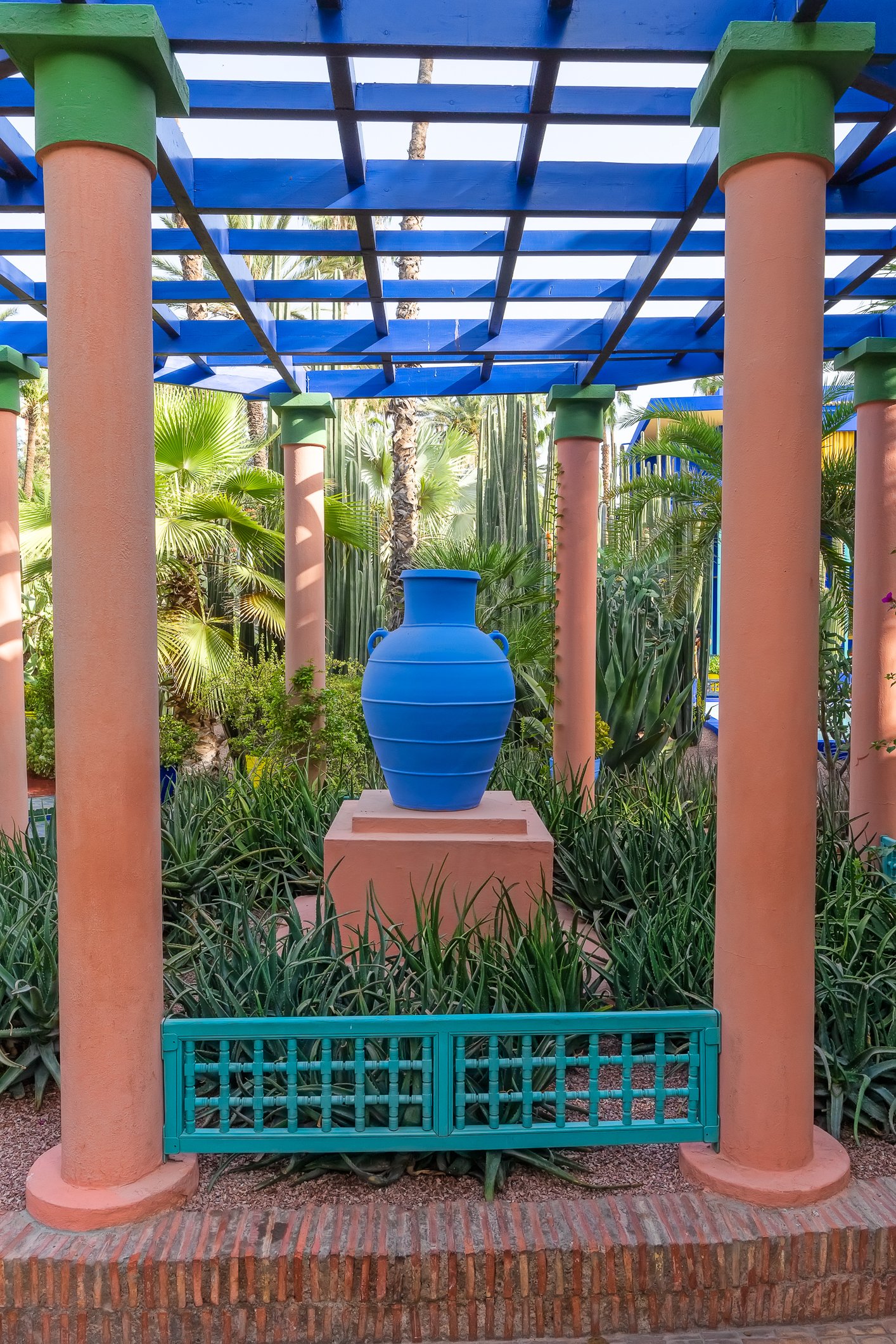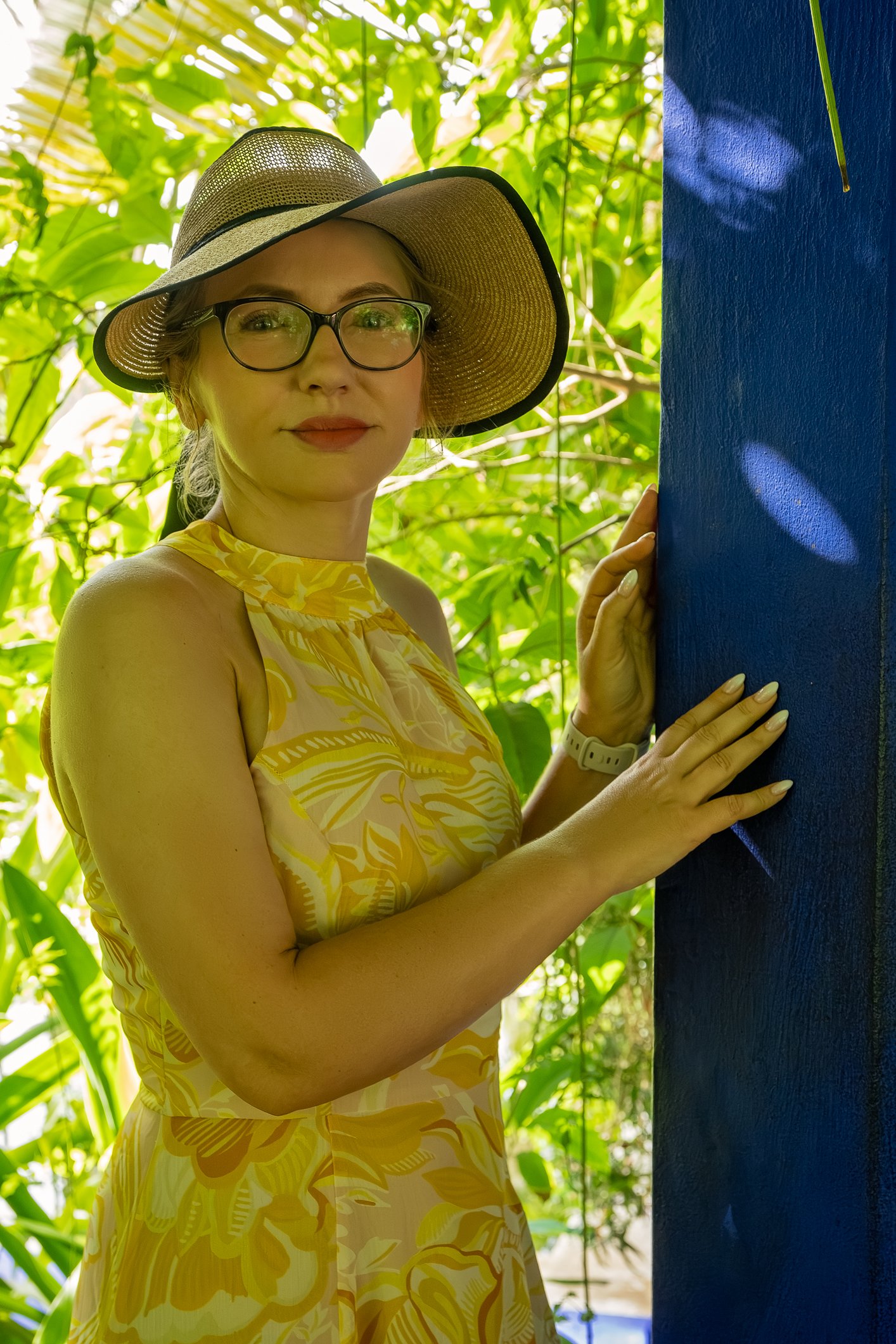The taxi pulls up in front of our house at 2 am, and I'm just about ready with my packing. I could really use another two hours to wrap up some work tasks, but that will have to wait. Marcin is asleep in the car, as usual, while I chat with the driver. Before I know it, we're arriving at Gatwick. Check-in is quick and efficient, leaving us some time to grab a bite to eat before our flight. I’m not sure why we feel hungry at 5 am, but being at the airport is an excuse good enough. We stop at Itsu and opt for sushi, miso soup, and chocolate bao.
Once aboard the plane, we both drift off to sleep. When we wake up again, we find ourselves in Marrakech. The airport check-out takes longer than expected, with incredibly long queues, but at least the process is smooth. Finally, our driver from the riad is there to greet us. And just like that, the adventure begins…
Taksówka podjeżdża pod nasz dom o 2 w nocy i akurat zdążyłam dokończyć pakowanie. Tak naprawdę przydałyby mi się jeszcze ze dwie godziny, żeby skończyć kilka zadań do pracy, ale cóż, będzie musiało to chwilę poczekać. Marcin w taksówce od razu zasypia, jak zwykle zresztą, podczas gdy ja rozmawiam z kierowcą. Zanim się obejrzę, jesteśmy już na Gatwick. Odprawa przebiega szybko i sprawnie, zostawiając nam trochę czasu na zjedzenie czegoś przed lotem. Nie wiem, dlaczego w ogóle myślimy o jedzeniu o 5 rano, ale bycie na lotnisku jest wystarczająco dobrą wymówką w naszych głowach... Zatrzymujemy się więc w Itsu na sushi, miso i czekoladowe bao. Po wejściu na pokład samolotu oboje zasypiamy. Kiedy się budzimy, okazuje się, że jesteśmy już praktycznie w Marrakeszu. Odprawa na lotnisku trwa dłużej niż się spodziewaliśmy, bo wszędzie są bardzo długie kolejki, ale przynajmniej proces przebiega sprawnie. Po drugiej stronie znajdujemy się z kierowca wysłanym do nas przez riad i tak zaczyna się kolejna marokańska przygoda…






















































































































































































































